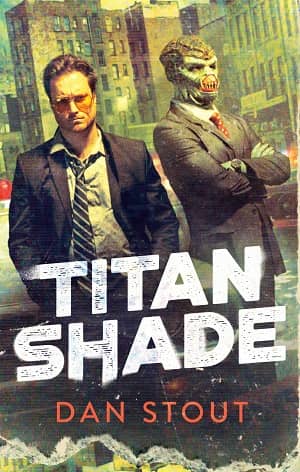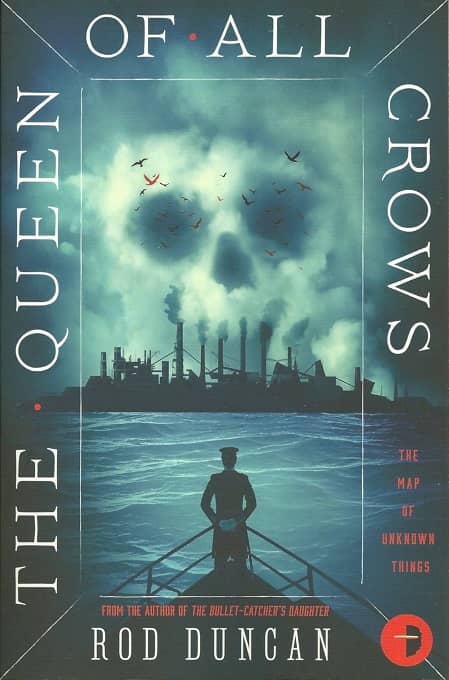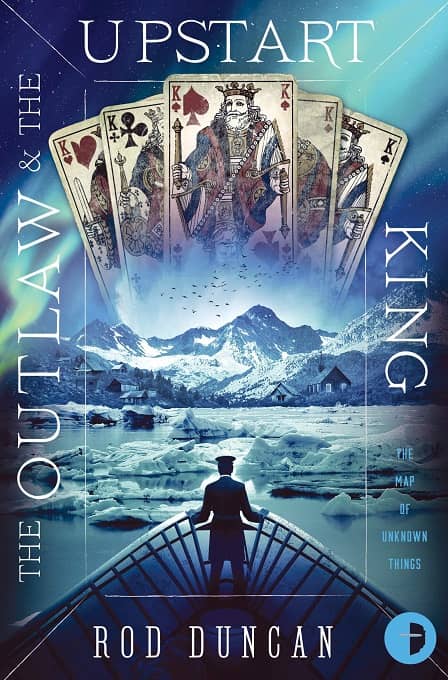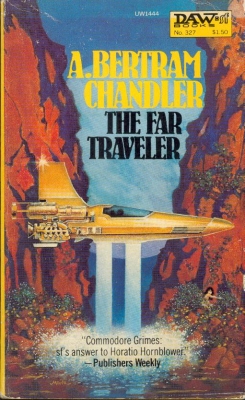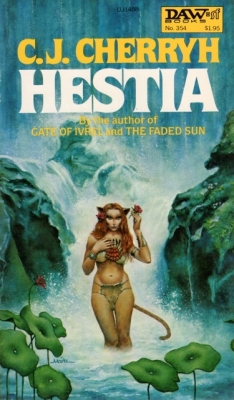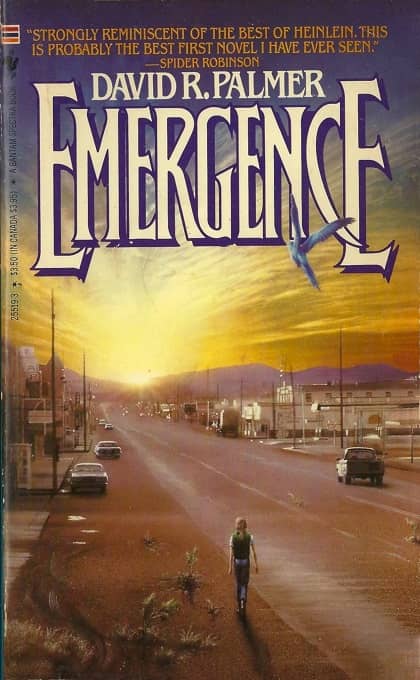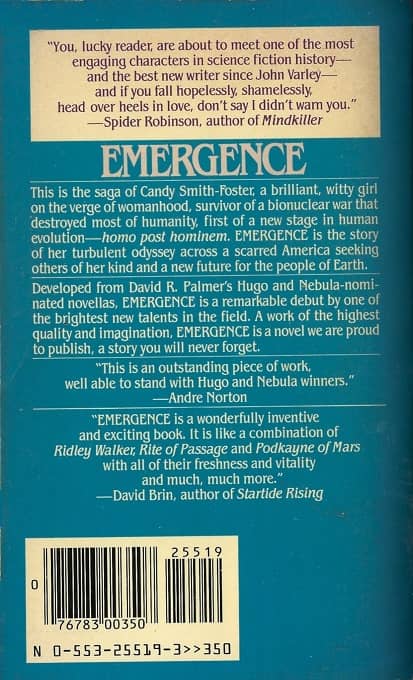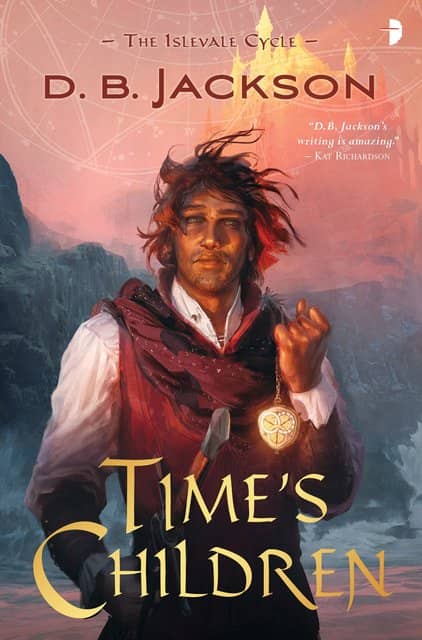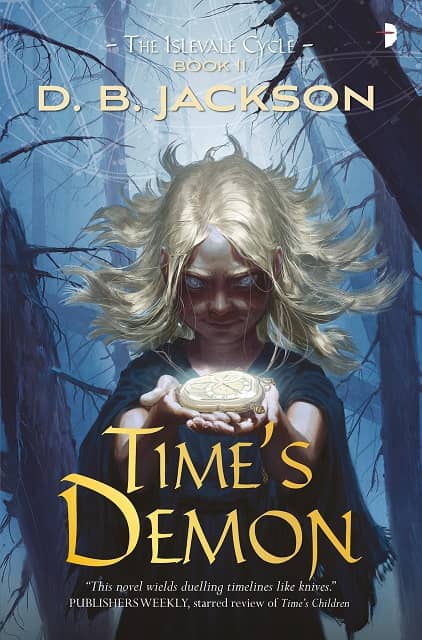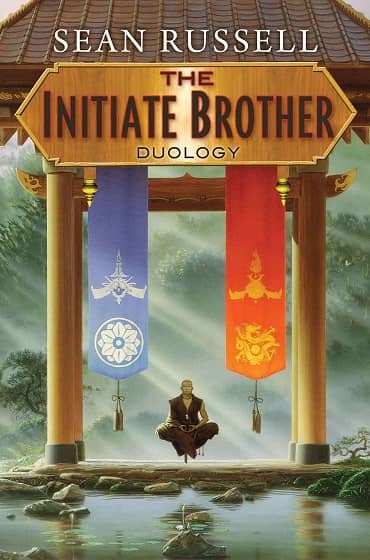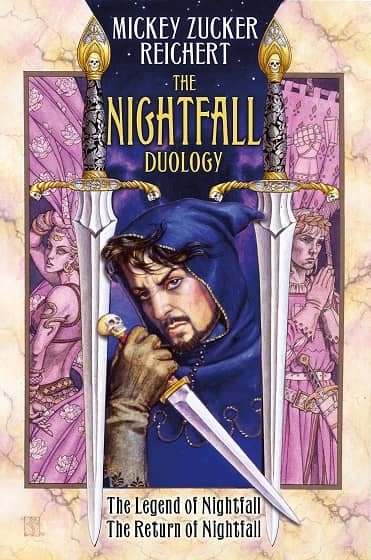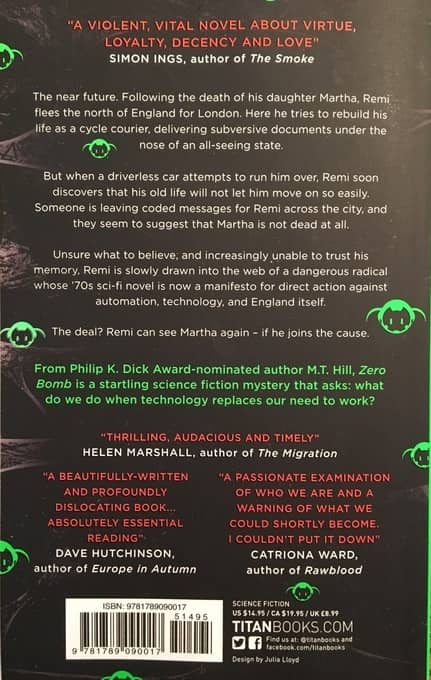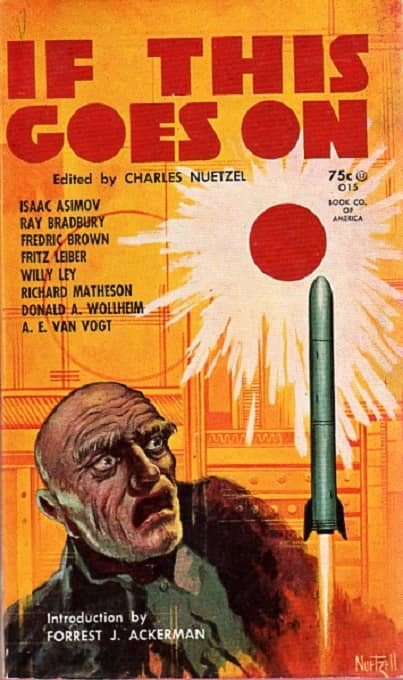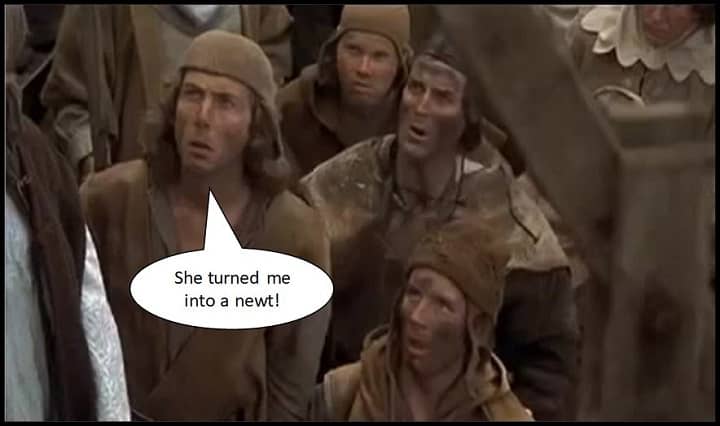The Barnes & Noble Sci-Fi & Fantasy Blog on the Best Science Fiction & Fantasy of May 2019
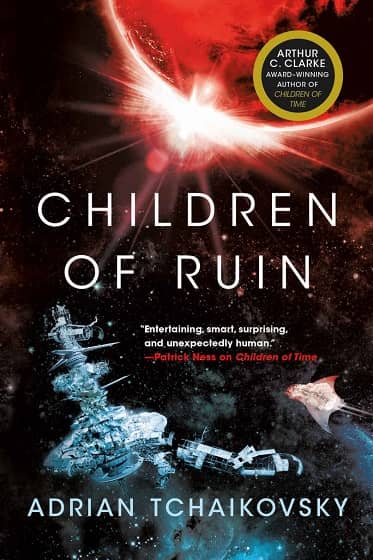 |
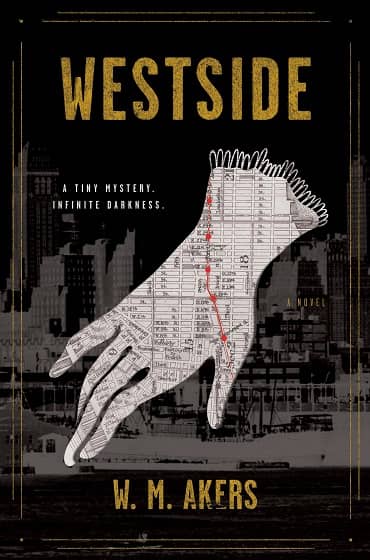 |
 |
It’s the last day of May, and you know what that means. You’re another month behind in your reading.
Fortunately for you, there are some excellent resources out there to help you discover just how badly you blew it (yet again) by not spending every spare moment in May reading. My new favorite is The Barnes & Noble Sci-Fi and Fantasy Blog, which does a terrific job month-after-month of letting us know just how bad we suck. Here’s some of the highlights from Jeff Somers summary of The Best Science Fiction & Fantasy Books of May 2019.
Children of Ruin, by Adrian Tchaikovsky (Orbit, 576 pages, $15.99 trade paperback/$9.99 digital, May 14)
The sequel to the British Science Fiction Award-winning Children of Time returns to the unlikely new cradle of humanity, a colony planet whereupon a disastrous terraforming attempt resulted in the creation of a new society of uplifted ants and spiders whose civilization evolved at breakneck speed before the desperate remnants of the a ravaged Earth could arrive. Now unlikely allies, the humans and the insects catch fragmentary signals broadcast from light years away, suggesting there might be other survivors from their shared homeworld. A mixed expedition sets out to solve the mystery, but what’s waiting for them out in space is another calamity set in motion by long-dead Earth scientists’ arrogant and desperate efforts to ensure the survival of their species. Children of Ruin managed to completely deliver on a truly absurd premise, and the sequel offers similar pleasures.
